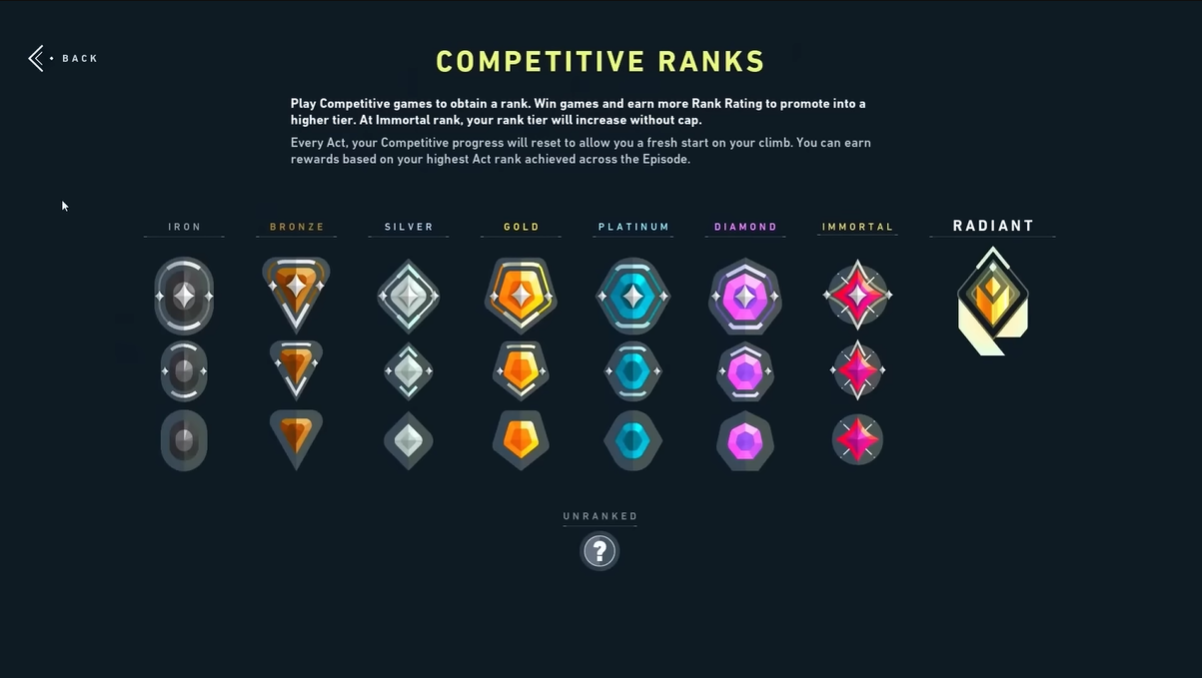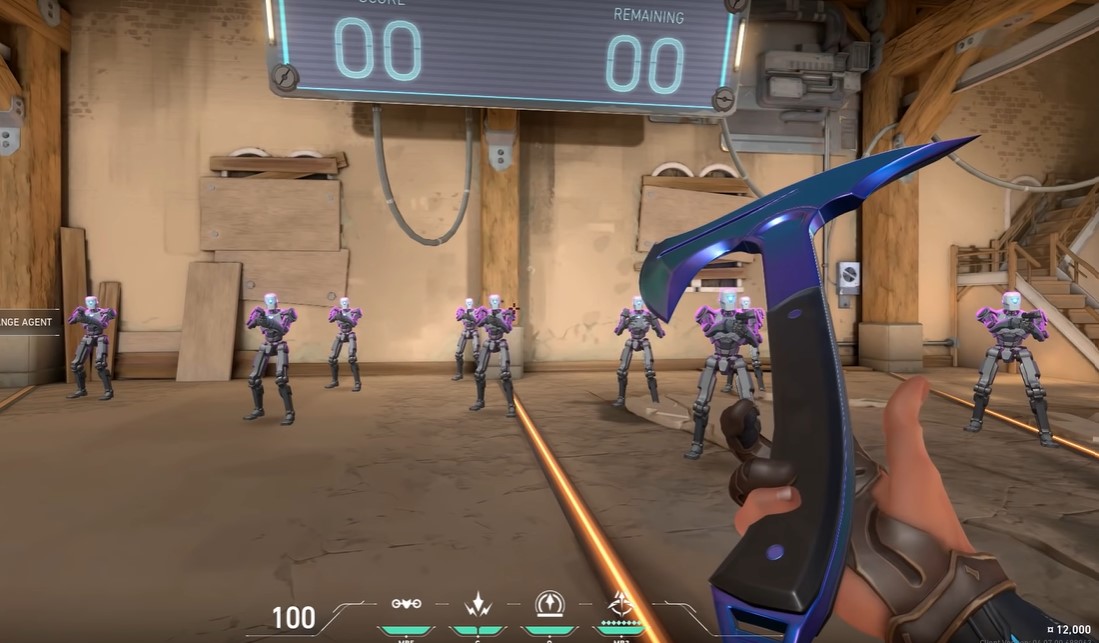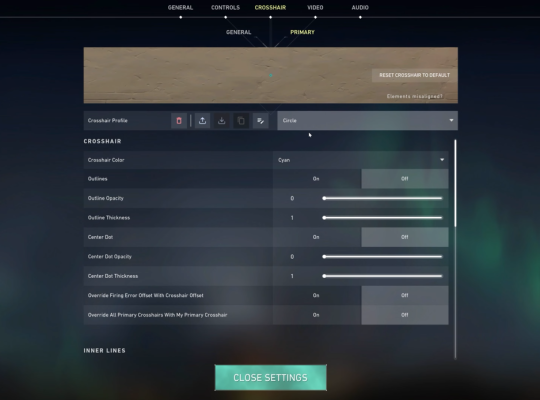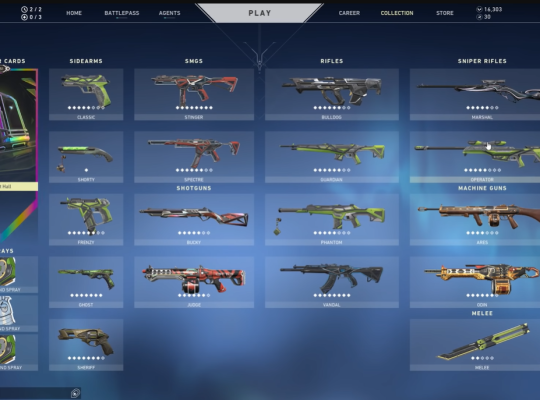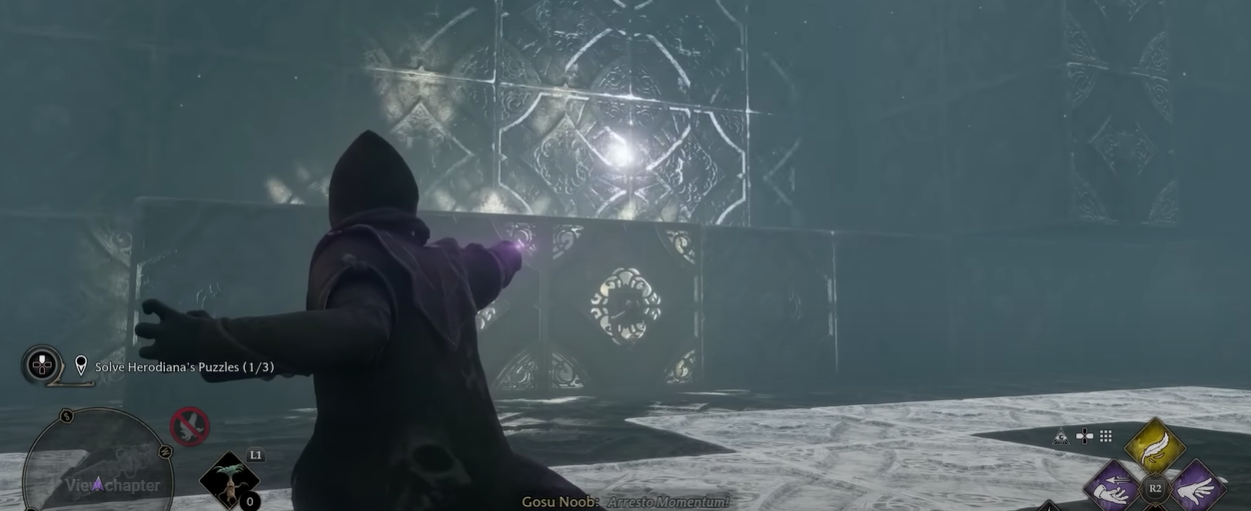In the fast-paced competitive gaming arena, one title has emerged as a force to be reckoned with: Valorant. Inspired by the mechanics of CS: GO and the hero-shooter dynamics of Overwatch, VALORANT has taken the gaming world by storm.
This article delves into the intricate ranks distribution system within Valorant, offering a comprehensive guide that benefits newcomers and veterans alike!
The Evolution of Success: VALORANT's Rise in Popularity
Defying Skepticism: At its inception, VALORANT faced skepticism due to its fusion of tactical gameplay and unique Agent abilities. Critics doubted its ability to carve a niche in the competitive gaming scene.
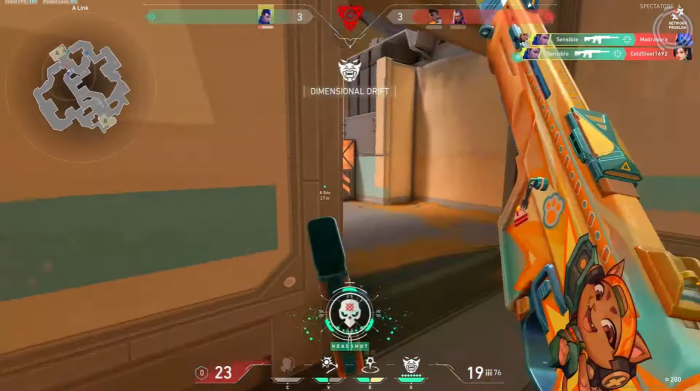
Rapid Popularity Surge: Contrary to initial doubts, VALORANT quickly gained traction, attracting a staggering player base of over 20 million average monthly players. This meteoric rise showcases its universal appeal and captivating gameplay.
Diverse Game Modes: VALORANT caters to various playstyles through various game modes, including Deathmatch, Spike Rush, Unrated, and Competitive. However, the Competitive or Ranked mode is the epitome of competitive play within the game.
Exploring VALORANT's Ranking System
Ranked Mode Defined
VALORANT’s Ranked mode offers a platform where players are assigned ranks based on their skills and Rank Ratings. It ensures balanced matchups and provides an exhilarating competitive experience.
Balancing Competitiveness
The essence of Ranked mode lies in pitting players against opponents of similar expertise, creating a thrilling and challenging environment.
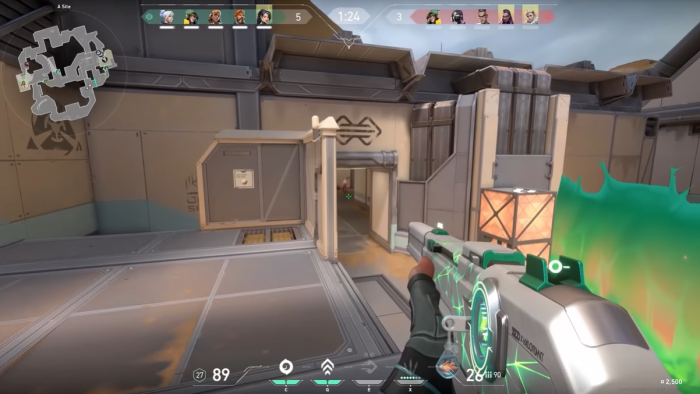
Unlocking the Arena
New players must complete 10 Unrated matches and reach level 20 and above to unlock Competitive mode, gaining access to the heart of competitive play in VALORANT.
The Ranks Hierarchy: A Detailed Look at Valorant Ranks
Nine Tiers and Beyond
VALORANT’s ranks are structured into nine tiers, each containing three sub-tiers, except for the exclusive Radiant tier.
Introducing Ascendant
A recent addition, the Ascendant tier debuts in Episode 5 Act 1, offering a fresh challenge for players striving for greatness.
Radiant
The Pinnacle: Radiant, a symbol of excellence, is reserved for each region’s elite top 500 players. It epitomizes the zenith of skill in VALORANT.
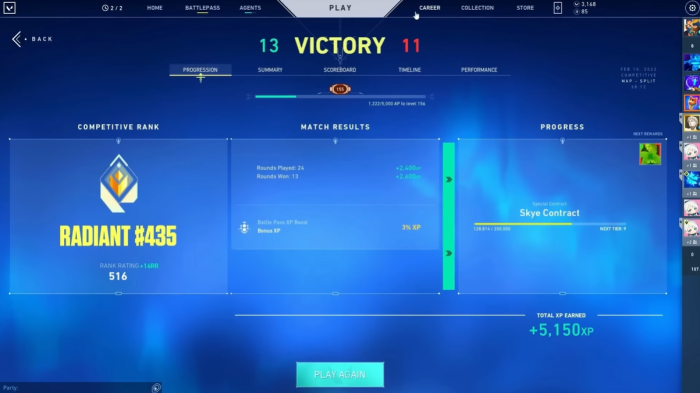
Complete List of Ranks
- Iron 1, 2, 3
- Bronze 1, 2, 3
- Silver 1, 2, 3
- Gold 1, 2, 3
- Platinum 1, 2, 3
- Diamond 1, 2, 3
- Ascendant 1, 2, 3
- Immortal 1, 2, 3
- Radiant
Analyzing the Distribution: Insights into Each Tier
Tier by Tier Breakdown
Examine the percentage distribution for each tier, allowing players to assess their position within the competitive hierarchy.
Comparing Percentages
Compare percentage figures across tiers to gain insights into the distribution trends and the overall competitive player demographic.
Overall Distribution

By understanding the broader distribution, players can better navigate their journey and set achievable competitive goals. To get clearer, complete data on rank percentage, we chose the July 2023 Valorant Rank Distribution.
Rank Distribution (as of July 2023) | Percentage | |
| Iron 1 | 0.8% |
Iron 2 | 2.9% | |
Iron 3 | 8.2% | |
| Bronze 1 | 7.1% |
Bronze 2 | 9.2% | |
Bronze 3 | 8.3% | |
| Silver 1 | 10.1% |
Silver 2 | 7.8% | |
Silver 3 | 7.1% | |
| Gold 1 | 6.5% |
Gold 2 | 5.6% | |
Gold 3 | 5.1% | |
| Platinum 1 | 4.5% |
Platinum 2 | 3.7% | |
Platinum 3 | 3.4% | |
| Diamond 1 | 2.9% |
Diamond 2 | 2.1% | |
Diamond 3 | 1.5% | |
| Ascendant 1 | 1.1% |
Ascendant 2 | 0.7% | |
Ascendant 3 | 0.4% | |
| Immortal 1 | 0.2% |
Immortal 2 | 0.2% | |
Immortal 3 | 0.1% | |
Radiant | 0.03% | |
Visualizing the Rank Distribution: August 2023 Insights
- The Power of Data: Riot Games’ API and Esports Tale’s official rank data accurately represent rank distribution trends across the player base.
- Percentage Breakdown: Delve into the rank distribution percentages across different tiers for a nuanced view of the competitive landscape.
- Visual Representation: Infographics and visuals aid in comprehending the distribution, making it easier to grasp the intricacies of VALORANT’s ranks.
Rank Resets and Progression: The Act Cycle
- Fresh Starts with Acts: At the dawn of every new Act, ranks are reset, offering players a clean slate and renewed opportunities for progression.
- Placements Determine Rank: Initial ranks are determined through placement matches, with a blend of previous MMR influencing the outcome.

Expert Opinions and Insights: The Impact of Rank Distribution
- Riot’s Balance Concerns: Riot Games’ [1] commitment to ensuring balance within rank distribution underscores their dedication to creating a competitive yet fair environment.
- Trends Over Time: Analyze fluctuations in the average player ranks, showcasing the evolving dynamics of player engagement and commitment.
- Investment and Distribution: The correlation between player investment and rank distribution highlights the connection between dedication and rank trends.
Understanding Valorant Rank Structure
- Multiple Measurements: VALORANT's ranks structure encompasses various measurements, including overall Valorant rank, Act rank, and rank rating.
- Distinction Explained: Delineate the differences between overall and Act ranks, offering players clarity in their journey.
- Rank Rating and MMR: Grasp the concept of "rank rating," intricately linked to Matchmaking Rating (MMR), which influences player performance assessment.
Also Read: Valorant’s Live Player Count
Conclusion
In the vibrant arena of VALORANT, ranks distribution forms the cornerstone of an exhilarating competitive landscape. Armed with a comprehensive understanding of the intricacies of rank distribution, players embark on a journey of skill development and competition.
Players can approach each match strategically with valuable insights, leveraging their strengths to ascend the ranks ladder. This guide equips players with the knowledge needed to navigate the dynamic world of VALORANT’s competitive ecosystem, ultimately leaving their mark on the evolving esport.

